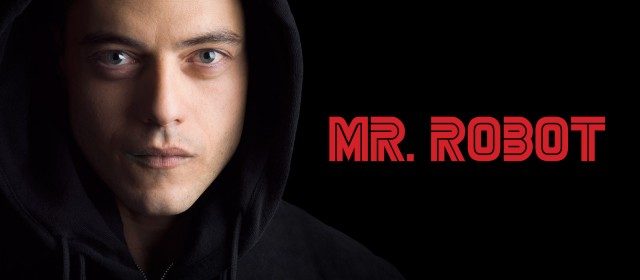Memory Capture & Virtual Tourism for the Benefit of Those with Physical Disabilities
 Roy Sherrill is enabling the time travelers from the future to get a sense of presence at a number of different tech and cultural events around the San Francisco Bay area. Roy’s been shooting a lot of 360 videos from his wheelchair at a number of different VR events this Spring and Summer, and he thinks of his selfie stick with a 360-degree bubblecam as a “wizard staff” and “portal stone.” When asked to explain why he’s recording all of this footage he says, “I capture slices of reality one moment at a time and save it in a bubble so that I can project others into it in the future so they can get the sense of presence as if they’re there themselves.” He’s enabling future members of the Society for Creative Anachronism to have a more direct experience of history as it unfolds.
Roy Sherrill is enabling the time travelers from the future to get a sense of presence at a number of different tech and cultural events around the San Francisco Bay area. Roy’s been shooting a lot of 360 videos from his wheelchair at a number of different VR events this Spring and Summer, and he thinks of his selfie stick with a 360-degree bubblecam as a “wizard staff” and “portal stone.” When asked to explain why he’s recording all of this footage he says, “I capture slices of reality one moment at a time and save it in a bubble so that I can project others into it in the future so they can get the sense of presence as if they’re there themselves.” He’s enabling future members of the Society for Creative Anachronism to have a more direct experience of history as it unfolds.

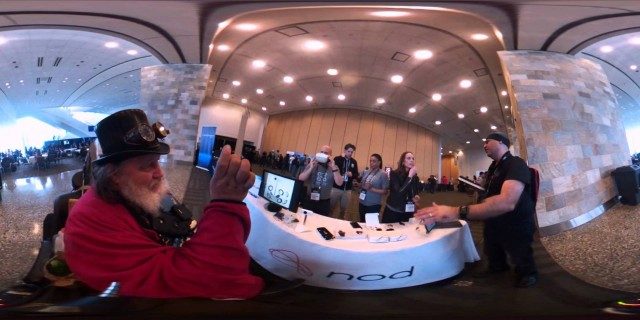

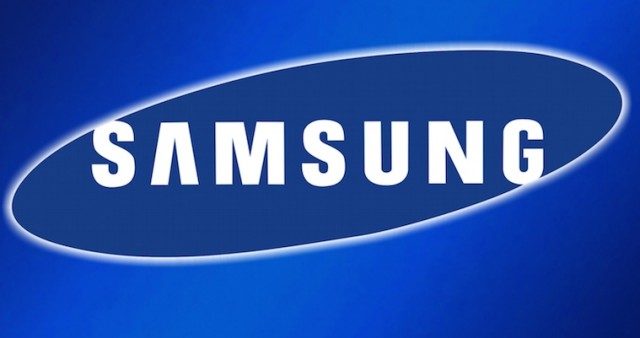
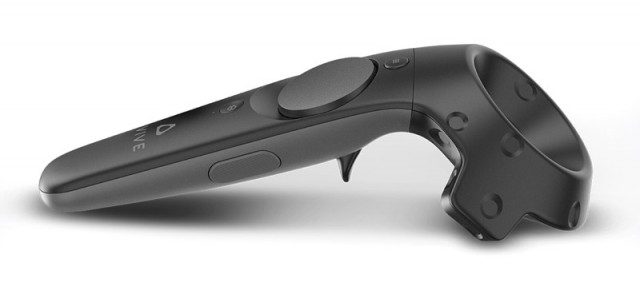
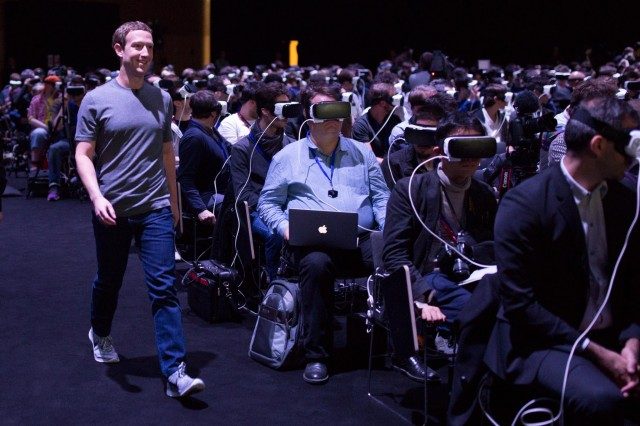
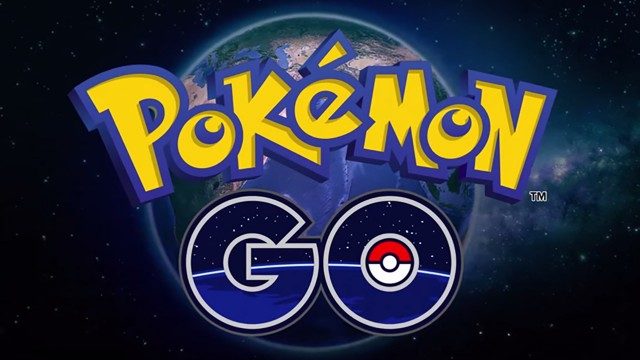

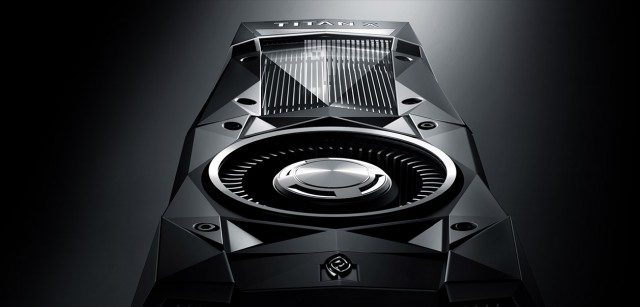


 What are the game design considerations for creating a VR experience that will be compelling for not only the primary player, but also the spectators who may be watching it on a livestream with
What are the game design considerations for creating a VR experience that will be compelling for not only the primary player, but also the spectators who may be watching it on a livestream with 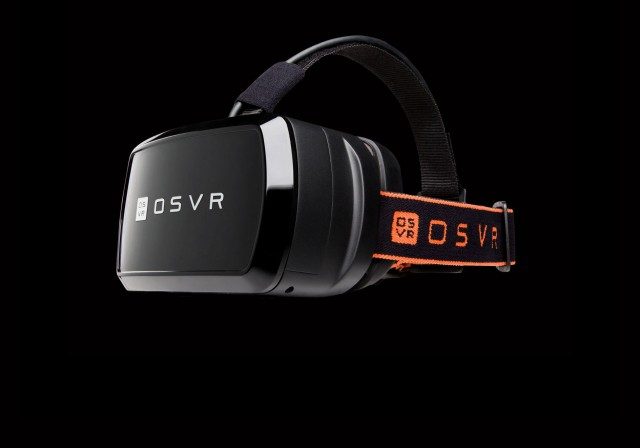

 When people dream about what they want to do in VR, it inevitably involves actually moving around within a virtual environment. But VR locomotion triggers simulator sickness in a lot of people, and solving it is one of the biggest open problems in virtual reality.
When people dream about what they want to do in VR, it inevitably involves actually moving around within a virtual environment. But VR locomotion triggers simulator sickness in a lot of people, and solving it is one of the biggest open problems in virtual reality. 
